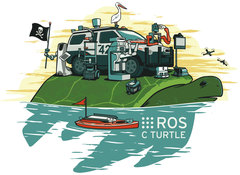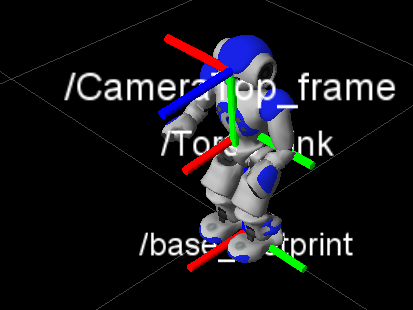The Bilibot developers have been busy with their Create+Kinect platform and have two new things to share. First, there's a new video (above) that shows off their "Developer Edition", including the brand-new arm. Second, they're offering a rebate of up to $350 if you release original, innovative applications for Bilibot to the rest of the community. It's a great incentive to put the platform in the hands of more developers and encourage collaboration in the community.
For more information, please visit Bilibot.com.







 A new version of ROS C Turtle has been released. This update includes ROS 1.2.6, support for CCNY's MAV libraries, and several other updates listed below.
A new version of ROS C Turtle has been released. This update includes ROS 1.2.6, support for CCNY's MAV libraries, and several other updates listed below.